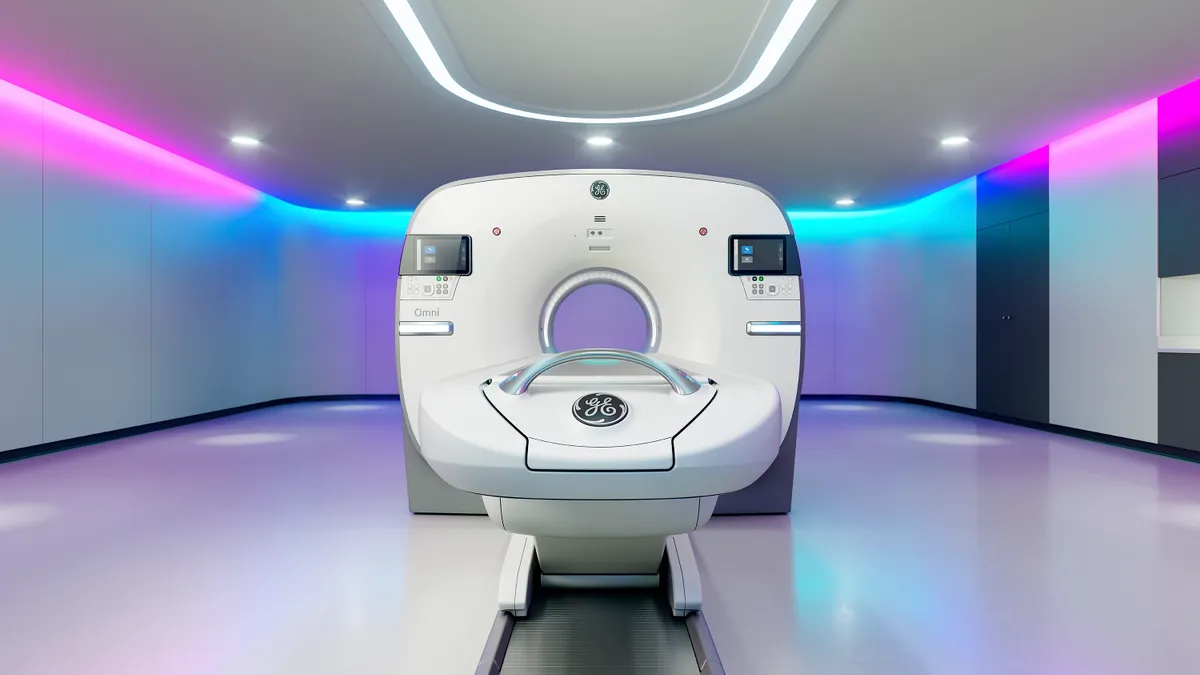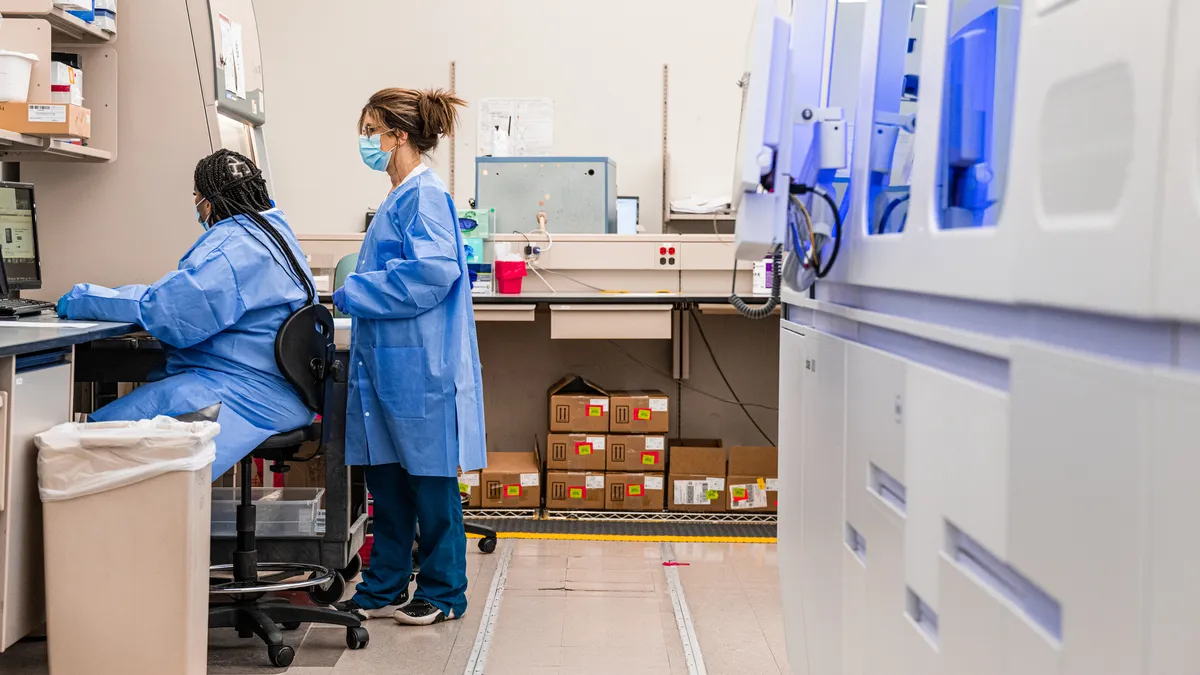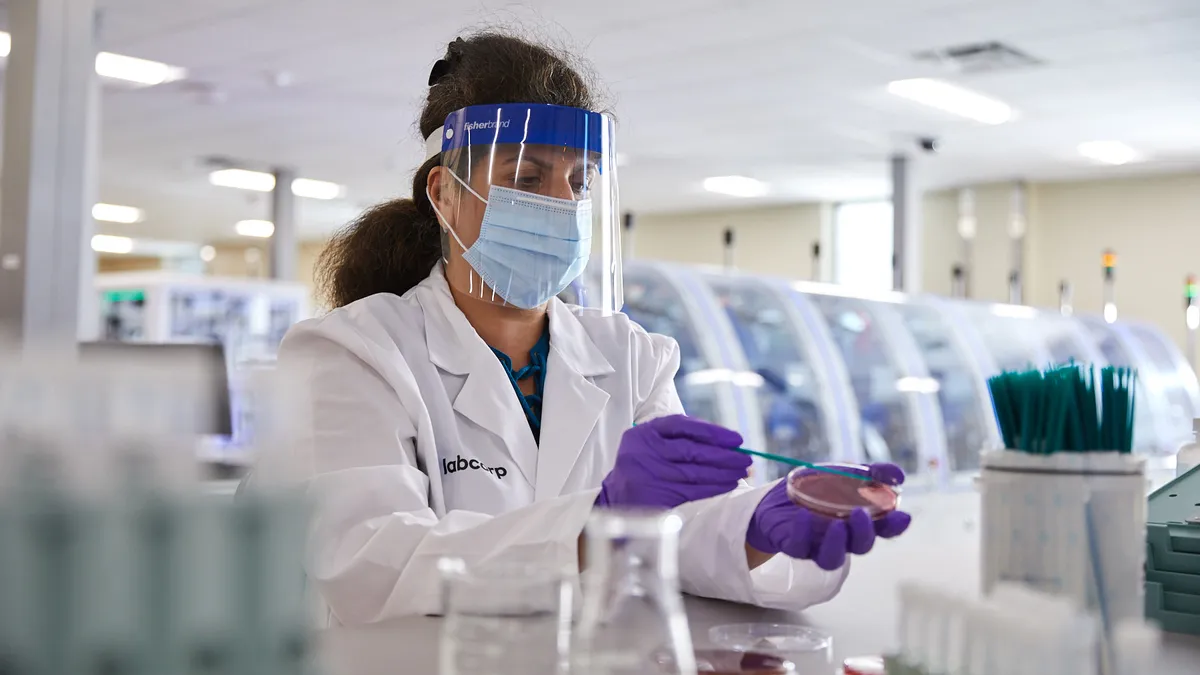Diagnostic errors were involved in about one out of three adverse patient safety events analyzed in a new report from ECRI and the Institute for Safe Medication Practices PSO.
Among the diagnostic mistakes, almost 70% happened during routine processes such as ordering tests, collecting samples or communicating results, according to the report from ECRI, a nonprofit focused on improving safety and quality in healthcare. Another 12% of the errors occurred during monitoring and follow-up, and about 9% were made during referral and consultation.
The analysis reviewed safety events submitted in 2023.
“Diagnostic errors are contributing to the overall amount of preventable medical errors, which is substantial,” ECRI CEO Marcus Schabacker said in an interview.
The group’s analysis showed that less than 3% of diagnostic errors were due to an incorrect hypothesis by a doctor, Schabacker added.
“The overwhelming percentage is not due to misinterpreting the data,” said Schabacker, an anesthesiologist and intensive care specialist and former chief scientific officer at Baxter.
Doctors don’t often make mistakes when they get test results. Rather, the biggest reason for diagnostic errors is what Schabacker called “system failures” in the testing process.
“What we are really emphasizing at ECRI is that we need to take a very, very different approach if we want to prevent those issues,” Schabacker said.
ECRI provided advice on how to improve the diagnostic process to reduce testing errors and protect patients:
1. Develop a tracking system
ECRI recommends healthcare providers adopt a total system safety approach that looks holistically at all factors that could contribute to an error. “A mistake,” said Schabacker, “is always the consequence of a series of missteps, which then lead to that final catastrophic event.”
Establish electronic tracking procedures for laboratory test and diagnostic imaging orders and ensure results get reviewed by a provider and are promptly reported to the patient, the group advises. Create care coordination agreements between providers and specialists and adopt an early warning system to recognize high-risk patients.
Many factors contribute to diagnostic errors, including systemic issues like productivity pressures that prevent providers from exploring all options or consulting specialists, ECRI said.
In some cases the organization analyzed, test results were not reviewed quickly enough by the provider who ordered them, or results were never communicated to the patient.
Healthcare leaders also need to establish a culture where missteps are identified and learned from, without assigning blame, Schabacker said.
2. Address the human factor
Assemble a multidisciplinary team to improve the testing process from a human factor perspective, ECRI suggests. This includes simplifying test names in electronic health record (EHR) menus and when results are communicated.
Recognize that bias, social norms, hierarchies and interpersonal relationships may affect communication between providers, specialists, patients and families.
Women and people of color have a 20% to 30% higher chance of experiencing an adverse event related to diagnostic issues, and the problem is preventable, Schabacker noted.
This can be due to providers’ explicit or implicit biases, race-based biases in medical algorithms, barriers to care and insurance access and communication barriers, ECRI said.
The industry needs to more comprehensively include and analyze race and ethnicity data in addressing diagnostic equity, the organization said.
3. Engage patients and their families
Healthcare professionals should encourage patient engagement by discussing why a test was ordered, and confirm the patient’s understanding of the information provided, ECRI emphasized. Providers can also incorporate an electronic clinical surveillance process to help assess vulnerable populations.
“Our total system approach sees the patient and their caregivers and loved ones as a critical component of reducing medical errors,” Schabacker said.
Take advantage of that extra person in the room who can help the patient understand the importance of promptly scheduling the test, and then follow through to make sure it gets done and the results are reported back, Schabacker said.
4. Understand the role of the EHR
EHRs shape the diagnostic process. Issues can arise if the EHR is incompatible with clinicians’ cognitive processes. To reduce clinician burnout and improve patient safety, minimize the administrative burden for providers and staff.
“The system is only as good as it is designed, and the EHR was designed for billing,” Schabacker said.
Consider using structured models to synchronize communication, ECRI advised.
Establish guidelines for correcting inaccurate diagnoses and data in the EHR, and standardize the use of EHR portals to enhance communication between the healthcare team and the patient and family members, the group recommended.
Assessing the LDT final rule
ECRI’s report on diagnostic errors comes amid an overhaul of diagnostics regulation. The Food and Drug Administration’s new rule increasing regulatory oversight of laboratory developed tests may change the landscape, Schabacker said. Improving the quality of genetic tests is a primary goal of the policy, he said.
“The accuracy and reliability of genetic tests can vary,” said Schabacker. “Variability in laboratory techniques, sample quality and data process or interpretation issues may lead to inaccurate or inconsistent results that could lead to patient harm.”
With expanded FDA oversight of LDTs, there will likely be a push for standardization of testing procedures and quality assurance measures across laboratories. This can lead to more consistent and reliable genetic test results, Schabacker said.
The lack of genetic data integration into EHRs has also been a longstanding issue, according to Schabacker. Some sophisticated health systems have nearly full integration, with the ability to order tests directly from a computer, but many others have no integration and order with pen and paper.
Genetic test results are then stored alongside less significant documents like scans of patients’ insurance cards or driver’s licenses and not with other important medical records. This disconnect may lead to results not “following” a patient, tests not being ordered correctly, or providers not being aware that results exist, he said.
“By requiring validation and oversight, these regulations aim to reduce the risk of false positives/negatives and ensure that patients receive accurate information for clinical decision-making,” said Schabacker.
Clarification: This story was updated to clarify the number of errors from adverse patient safety events analyzed by ECRI and the Institute for Safe Medication Practices PSO.




















